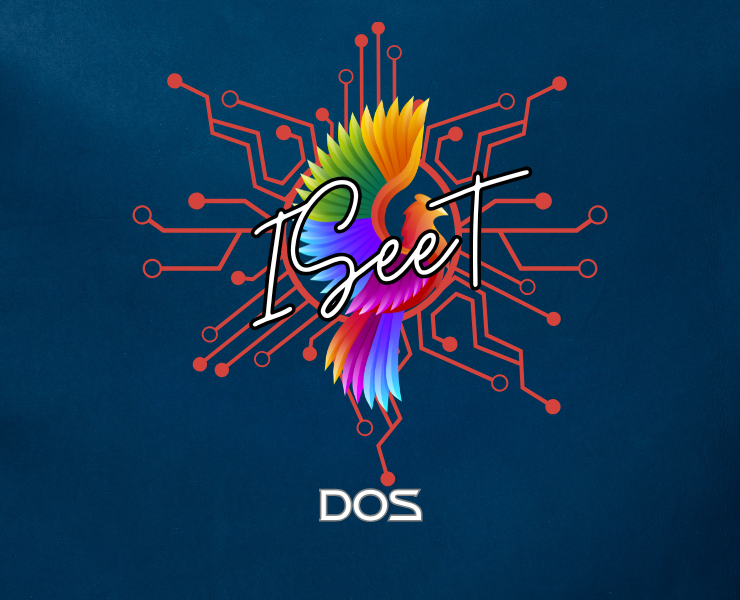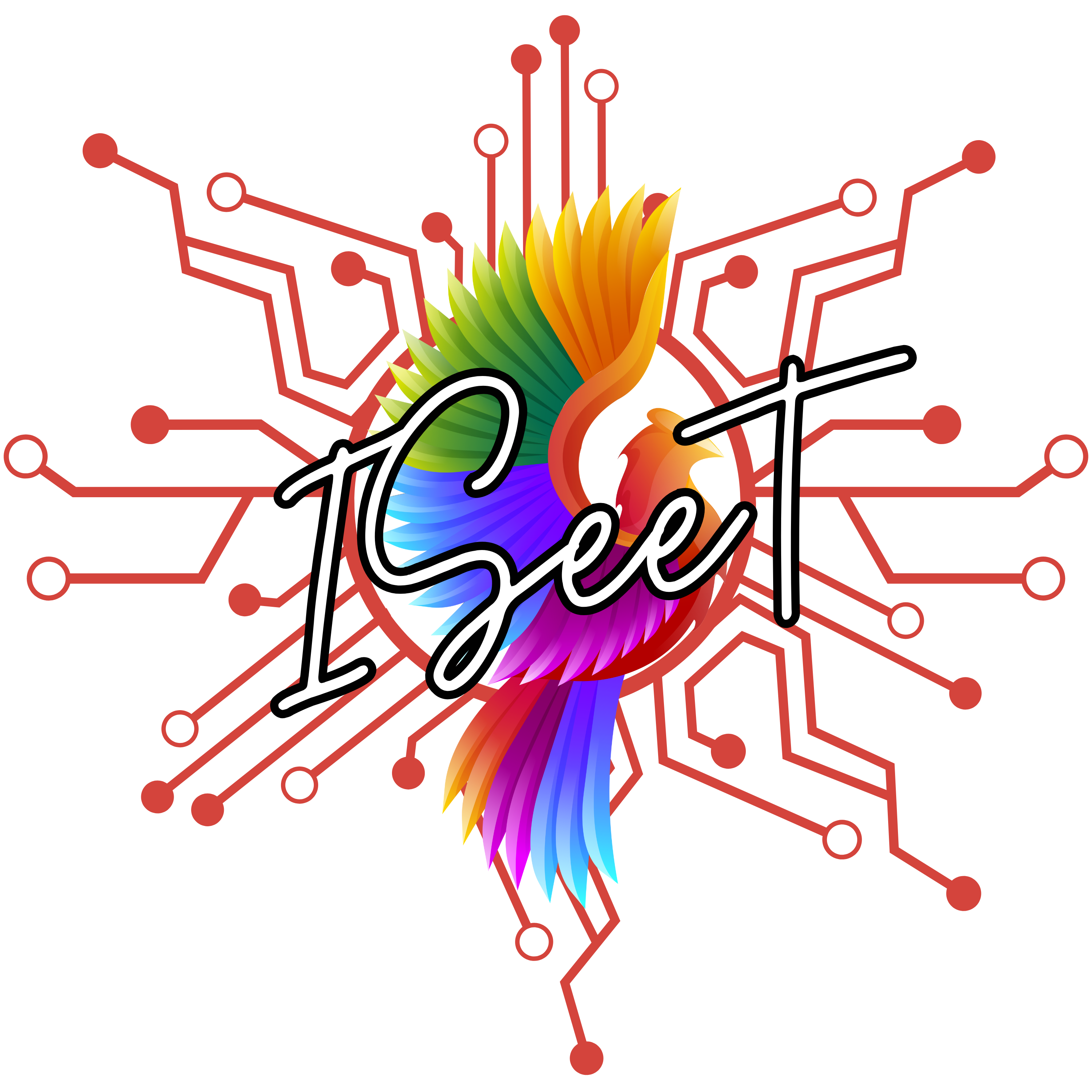
DOS
First of all you need to know that this here is just an additional info page about DOS. You can find more info on the dedicated pages within the corresponding timeline area.
DOS commonly refers to the family of closely related operating systems which dominated the IBM PC compatible market between 1981 and 1995 (or until about 2000, if you include Windows 9X) : PC-DOS, MS-DOS, FreeDOS, DR-DOS, Novell-DOS, OpenDOS, PTS-DOS, ROM-DOS and several others. Of these, MS-DOS from Microsoft was the most widely used. These operating systems ran on IBM PC type hardware using the Intel x86 CPUs or their compatible cousins from other makers.
History
MS-DOS (and the IBM PC-DOS which was licensed there from), and its predecessor, QDOS, was an imitation of CP/M (Control Program / (for) Microcomputers)—which was the dominant operating system for 8-bit Intel 8080 and Zilog Z80 based microcomputers.
It was first developed at Seattle Computer Products by Tim Patterson as a variant of CP/M-80 from Digital Research, but intended as an internal product for testing SCP’s new 8086 CPU card for the S-100 bus. It did not run on the 8080 (or compatible) CPU needed for CP/M-80. It was called QDOS, among several other names. Microsoft licensed it from SCP, made changes and licensed the result to IBM (sold as PC-DOS) for its new ‘PC’ using the 8088 CPU (internally the same as the 8086), and to many other hardware manufacturers. In the later case it was sold as MS-DOS.
Digital Research produced a compatible variant known as “DR-DOS”, which was eventually taken over (after a buyout of Digital Research) by Novell. This became “OpenDOS” for a while after the relevant division of Novell was sold to Caldera International, now called SCO. Later, the embedded division of Caldera was “spun off” as Lineo (later renamed Embedix), who in turn sold DR-DOS to a start-up called Device Logics, who now seem to call themselves DRDOS, Inc.
There is also a free alternative named “FreeDOS”.
DOS was one of the first operating systems for the PC compatible platform, and the first on that platform to gain widespread use (it was still widespread more than 10 years later). This was a quick and messy affair (the variant MS-DOS, sometimes colloquially referred to as Messy DOS, was developed from QDOS, which literally meant “Quick and Dirty Operating System”).
IBM-PCs were only distributed with PC-DOS, whereas PC compatible computers from nearly all other manufacturers were distributed with MS-DOS. For the early years of this operating system family, PC-DOS was almost identical to MS-DOS. More recently, free versions of DOS such as FreeDOS and OpenDOS have started to appear.
Early versions of Microsoft Windows were little more than a graphical shell for DOS, and later versions of Windows were tightly integrated with MS-DOS. It is also possible to run DOS programs under OS/2 and Linux using virtual-machine emulators.
Because of the long existence and ubiquity of DOS in the world of the PC-compatible platform (DOS compatible programs were made well into the 90’s), DOS was often considered to be the native operating system of the PC compatible platform.
